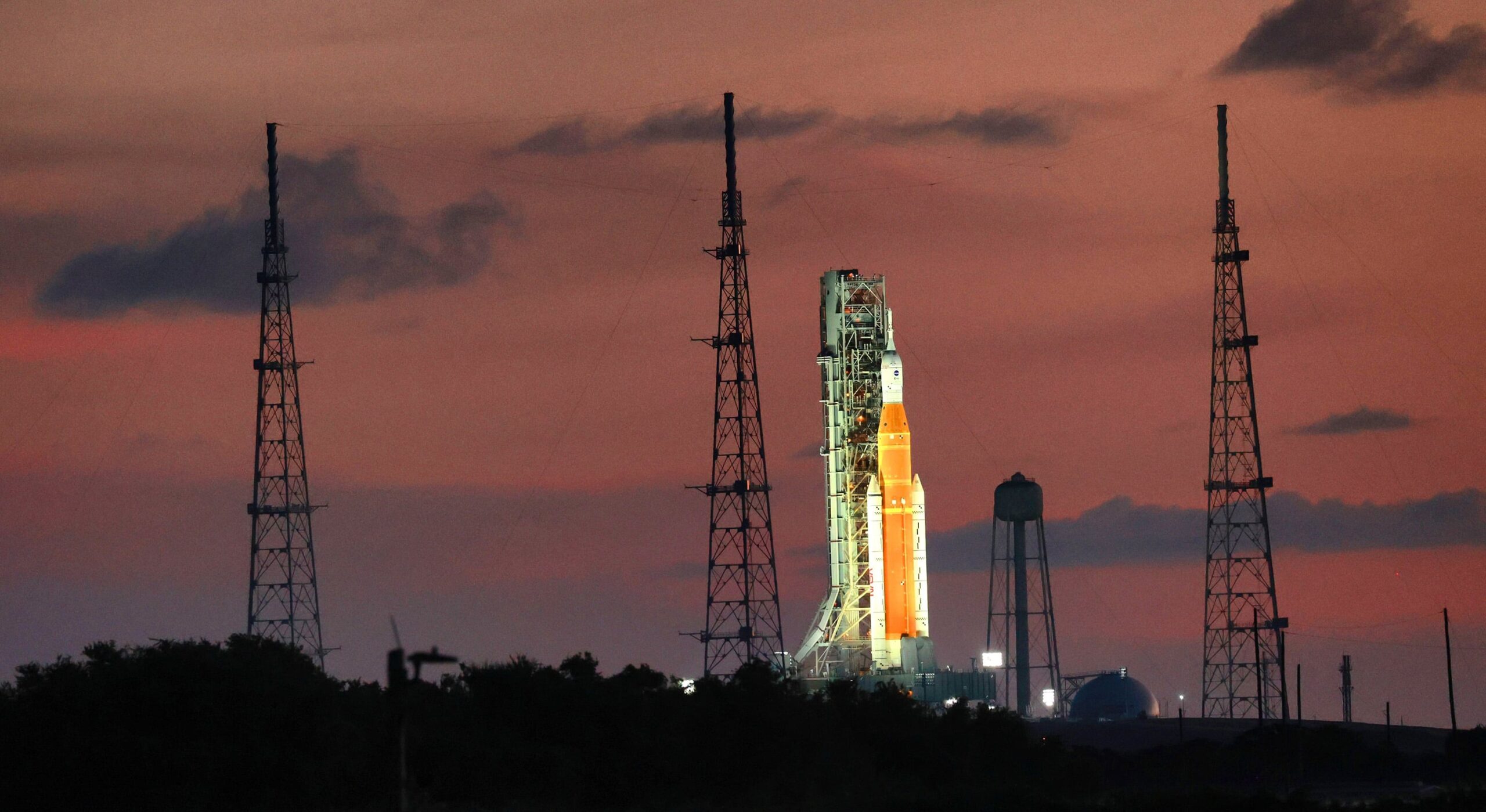According to a recent study by government auditors, NASA’s moon program—which is mostly driven by the space agency’s problematic Orion crew module—continues to cause cost overruns.
The Government Accountability Office discovered that Artemis-related programs were responsible for the majority of the $500 million in cost overruns since last year, based on an analysis of 38 ongoing NASA projects that cost $250 million or more. More over $360 million of that amount was allocated to the Orion Multi-Purpose Crew Vehicle program, which is the crew capsule for human spaceflight.
According to the auditors, Orion’s overruns were caused by a number of technical and technological challenges, such as delays in software development, design flaws in the life-support system, and performance issues with the crew capsule’s heat shield that were discovered during the Artemis I flight.
Plans for a permanent colony on the moon as a precursor to crewed Mars missions are part of NASA’s $93 billion, ten-year human lunar exploration program, Artemis. Orion and the Space Launch System rocket are among the many program components that are overseen by the Marshall Space Flight Center.
According to the auditors, the difficulty of merging Artemis projects together increases with their number. To enable individual Artemis missions, which are more complicated than any previous human space flight program, these intricately interdependent systems must be effectively integrated.
NASA published the results of its two-year study in December regarding the unusual behavior of the Orion capsule’s protective coating that surfaced following its return from the uncrewed Artemis 1 mission.
According to the government, testing showed 100 areas where charring developed before flaking off the 16-foot-diameter heat shield. By altering Artemis II’s trajectory, which will launch a crew into lunar orbit and subsequently return to Earth, it hopes to solve the problem.
Artemis III is scheduled to launch in mid-2027, but that launch has been postponed until April 2026. The third flight of the program, which would put humans on the moon for the first time since Apollo 17 in 1972, is scheduled to launch in September 2026. The agency had planned to launch the second flight in September.
The problems with Artemis stand out more against the background of other expensive programs. The majority of significant projects started since NASA’s last review in 2009—30 out of 53, or 56.6%—have avoided significant additional expenses, according to the auditors.
However, the overall cost overruns for three Artemis projects—SLS Block 1, Orion, and Exploration Ground Systems—amounted to almost $7 billion. That accounts for over half of the 53 projects’ cumulative overruns since 2009.
Following weeks of ambiguity surrounding NASA’s premier human spaceflight program, the report was released. The House and Senate added roughly $10 billion for SLS and Orion, along with related programs, to the president’s tax and spending plan after President Donald Trump suggested eliminating them from the White House’s NASA budget proposal.
The bill was anticipated to be signed by Trump on Friday.
Most Popular Stories by
John R. Roby
-
FBI pauses training center s move to Huntsville – for now
-
Pentagon scrubs Golden Dome event for small contractors in Huntsville
-
Huntsville company chosen for $237M Space Force satellite contract program
-
Engine for this area – TVA details proposed $5 billion hydropower project in Alabama






